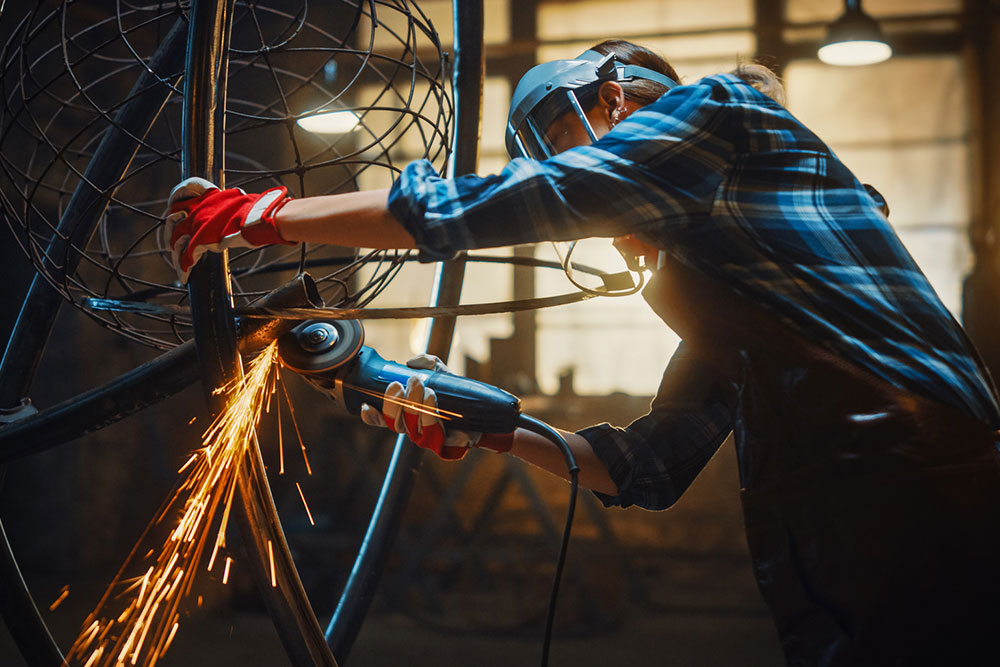8 safety tips to avoid power tool accidents

The use of power tools is indispensable when one is involved in DIY projects and construction work. However, they also pose inherent risks if not handled properly. Accidents with power tools can lead to serious injuries and damage. To ensure safety in the workshop or on the job site, individuals must be aware of potential hazards and take preventive measures. Here are a few crucial tips on how to avoid common power tool accidents:
1. Read and understand the manual
Before operating any power tool, it’s imperative to read and understand the manufacturer’s manual thoroughly. This document provides crucial information about the tool’s proper usage, safety precautions, and maintenance requirements. Neglecting this step can lead to misunderstandings or oversight of vital safety features.
2. Wear appropriate safety gear
Personal protective equipment (PPE) is non-negotiable when working with power tools. This includes safety goggles, ear protection, gloves, and, in some cases, respiratory masks. Each piece of PPE serves a specific purpose in safeguarding against potential hazards, such as flying debris or loud noises.
3. Maintain a clean and organized workspace
Clutter and disorganization can lead to accidents. Keep the work area tidy by promptly clearing away debris, storing tools properly, and ensuring adequate lighting. A clean workspace not only promotes safety but also enhances productivity.
4. Inspect tools regularly
Before each use, it’s essential to inspect the power tool thoroughly. Check for loose parts, damaged cords, or any signs of wear and tear. Using a faulty tool significantly increases the risk of accidents and can lead to costly repairs.
5. Use the right tool for the job
Selecting the appropriate power tool for a specific task is paramount. Trying to force a tool to perform a task it’s not designed for can result in accidents or damage to the tool. Therefore, picking a suitable tool for the task at hand is important.
6. Keep both hands on the tool
Maintaining a firm grip on the power tool with both hands provides better control and stability. Avoid one-handed operation whenever possible, as it can lead to loss of control and potential accidents.
7. Disconnect power sources when not in use
After completing a task or taking a break, it’s crucial to disconnect the tool from its power source. This precautionary measure prevents accidental starts and ensures that the tool is safe and non-operational.
8. Seek proper training and supervision
For those new to power tools, seeking training from a qualified instructor is highly recommended. Additionally, having an experienced individual supervise or guide during initial usage can provide valuable insights and prevent possible mishaps.